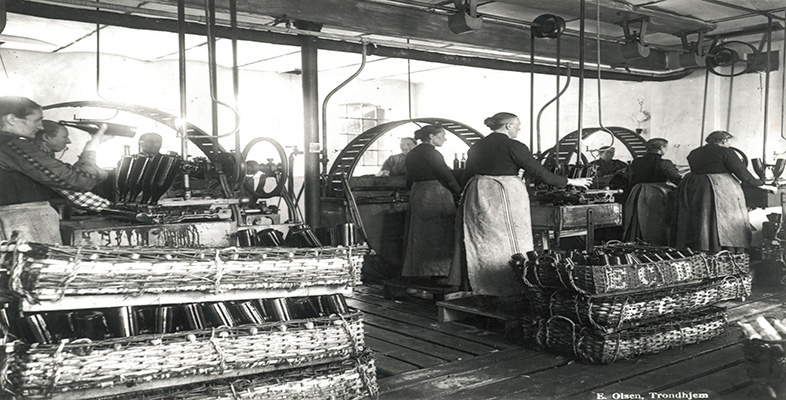3 The interwar city as a site of modernity
Rosalind Crone
In the previous section I established that while the majority of Europeans in the interwar period were not urban dwellers (though in some countries, especially in the north-west, the majority were), the process of urbanisation, already underway in most countries before the First World War, gathered pace during the 1920s. This was in part linked to economics: as Paul Lawrence has written, ‘unlike the factory industrialization of the nineteenth century [...] which had concentrated people near coalfields and water sources, the capitalism of the twentieth century favored large capital cities and commercial centers’ (Lawrence, 2005). Thus, the first half of the twentieth century witnessed the rise of the ‘metropolis’.
Many features of the modern metropolis were visible before the First World War. Electricity, urban transport networks including underground railways, large department stores and mass entertainment venues such as music halls were all visible in cities such as London, Paris and Berlin. However, after the war, electricity supply was expanded (including into the domestic environment) and rationalised (for instance, through initiatives such as the National Grid in England and Wales); music halls were joined and subsequently replaced by cinemas, dance halls and jazz clubs; existing urban transport networks were extended and new ones built to service growing numbers of commuters living in emerging suburbs; new forms of transport, notably cars, raised the tempo of city life; and the increase of white-collar employment, for women as well as men, swelled the ranks of the middle class and fuelled new levels and forms of consumerism. While municipal authorities began to focus on ‘town planning’, urbanisation and changing demographics collided with the artistic movement of modernism, generating new designs for urban living that promoted functionalism and hygiene. Finally, the city began to acquire a new dominance over rural life in many countries: it sucked in immigrants from the countryside who were in search of new employment opportunities; and new communications networks, often emanating from the city, promoted urban life and culture.
Despite the pleasures and conveniences offered by the metropolis, modern urban life was not always viewed in a positive light. In the first place this was because change was uneven – for instance, in all cities overcrowded slum neighbourhoods persisted alongside new social housing. But it was also because the experience of modernity could produce a longing for the stability associated with tradition and a lost rural idyll. As Bernhard Rieger and Martin Daunton have argued, this negativity was most strongly articulated in those cities in which the break with the past had been rapid and intense (2001, pp. 9–11). For example, cities in Germany, Italy and Russia were not only subject to rapid expansion and modernisation after 1918, but also became sites for political extremism and violence (Jerram, 2011, p. 33).
